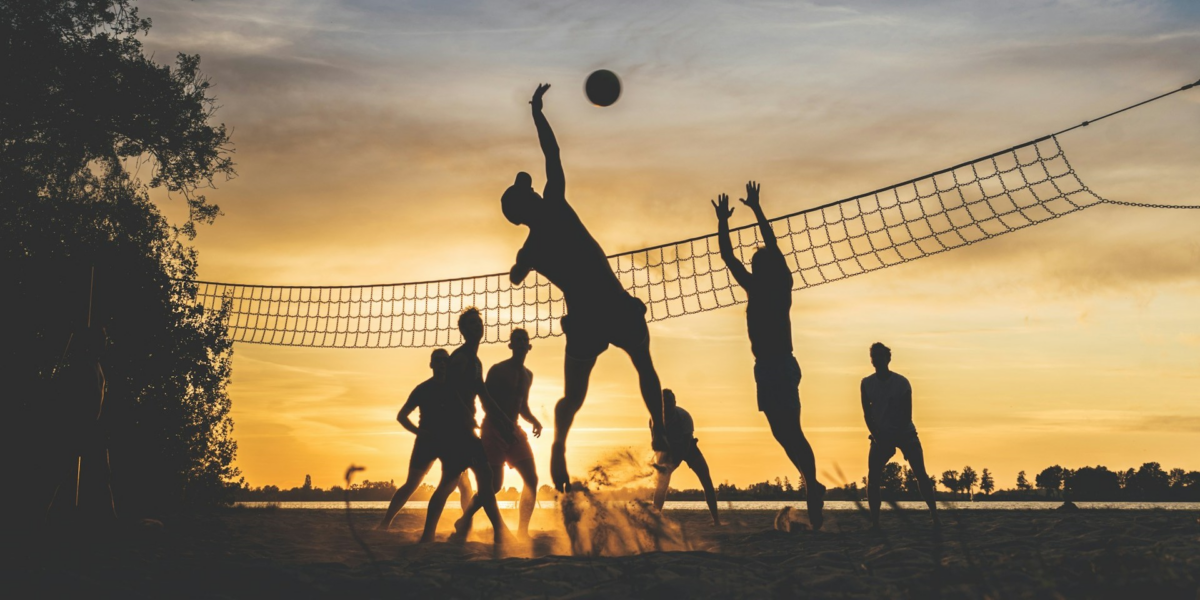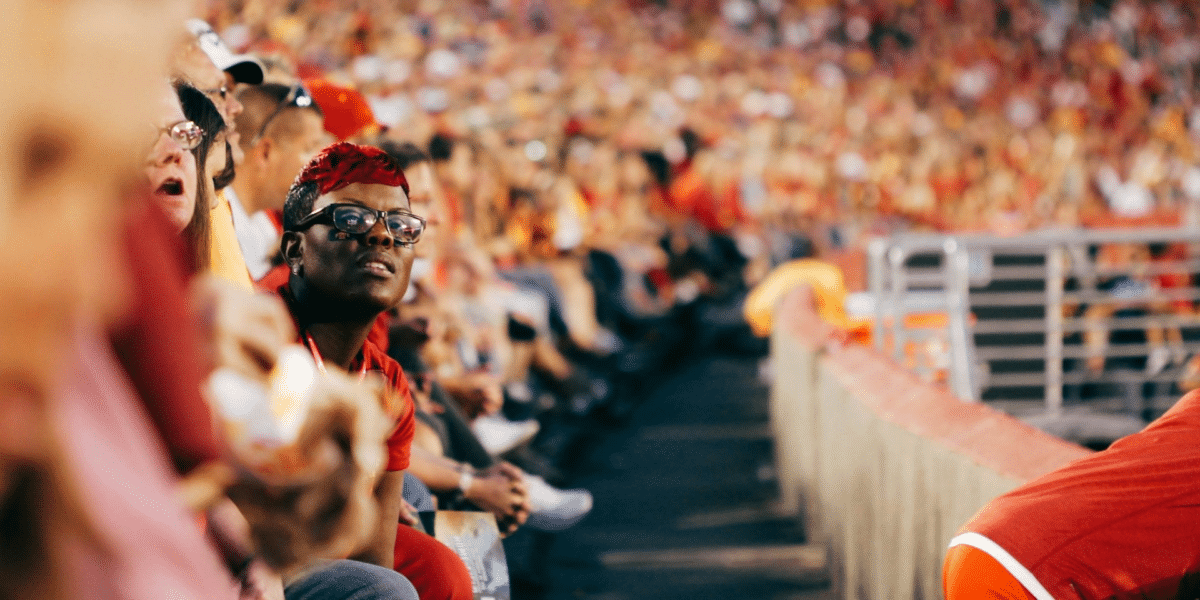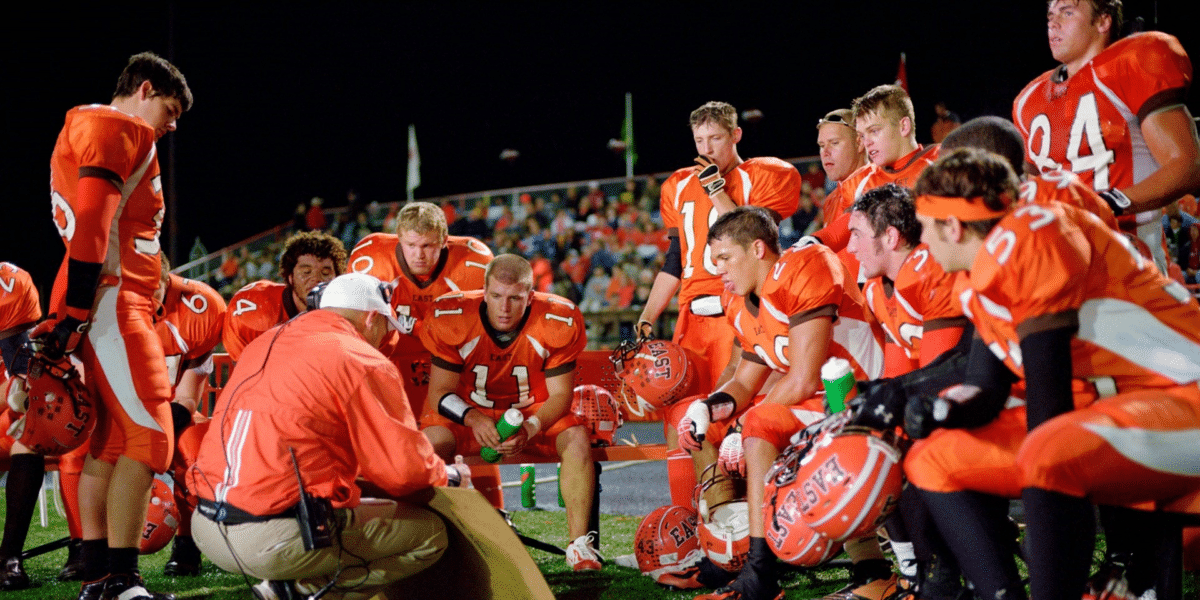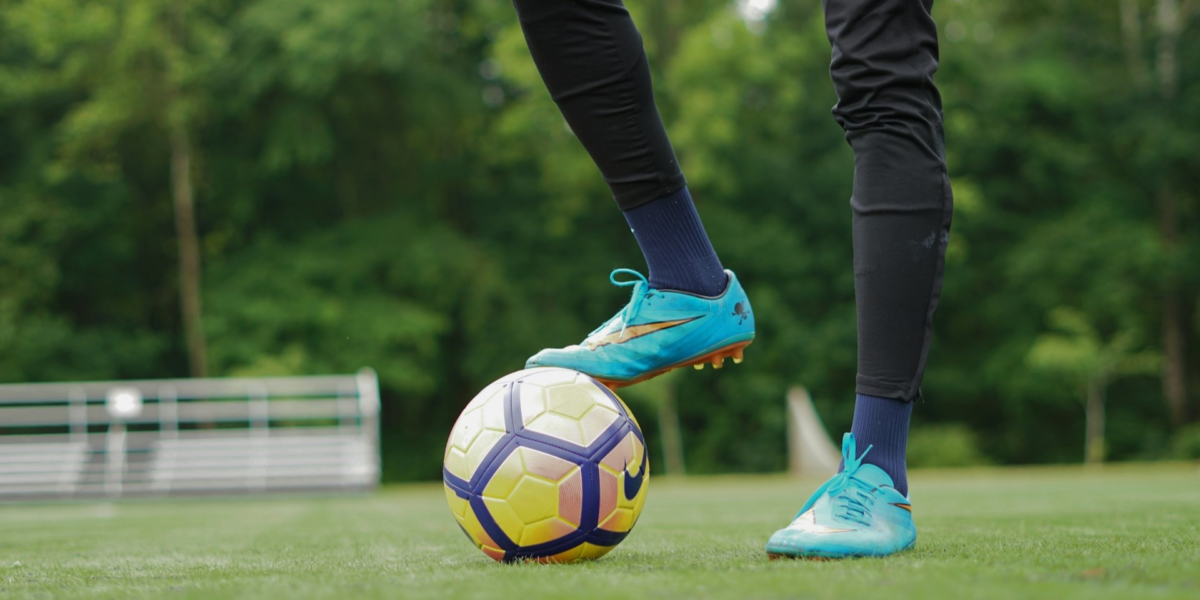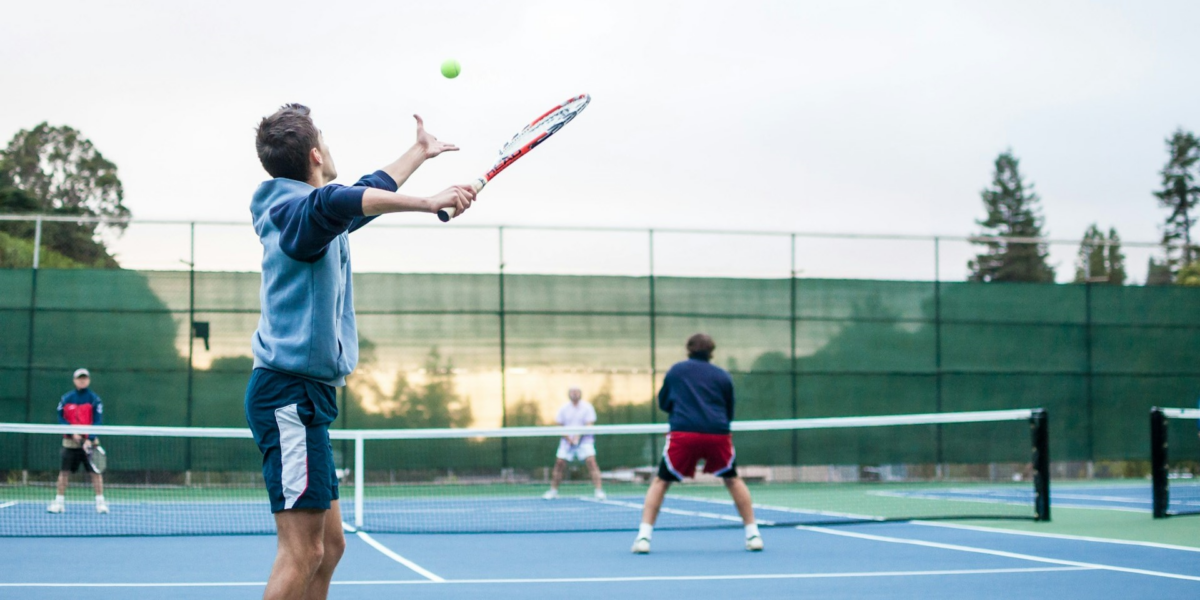Riding the Wave: Exploring the Surging Popularity of Volleyball
Volleyball, once considered a niche sport, has experienced a remarkable surge in popularity in recent years. From sandy beaches to indoor courts, enthusiasts of all ages are flocking to the game, drawn by its dynamic nature and accessibility. This article delves into the factors driving the growing popularity of volleyball, uncovering the dynamics behind its ascent to prominence in the world of sports.
A Sport for All
One of the defining characteristics of volleyball is its inclusivity. Unlike some sports that require specialized equipment or facilities, volleyball can be played virtually anywhere – from parks and beaches to gyms and community centers. This accessibility makes it appealing to people of all ages and backgrounds, fostering a sense of camaraderie and connection among players.
Thrilling Spectator Appeal
While volleyball is undeniably enjoyable to play, its spectator appeal has also contributed significantly to its growing popularity. The fast-paced rallies, strategic gameplay, and spectacular athleticism displayed by elite players make volleyball a thrilling spectacle for fans. Major tournaments, such as the Olympics and the FIVB World Championships, draw millions of viewers worldwide, further amplifying the sport’s global reach and visibility.
Social and Recreational Benefits
Beyond the competitive aspect, volleyball offers numerous social and recreational benefits. Playing volleyball promotes teamwork, communication, and problem-solving skills, making it an excellent activity for team building and personal development. Additionally, the social aspect of volleyball – whether playing with friends at a local park or joining a recreational league – fosters connections and friendships, enhancing overall well-being and quality of life.
Rise of Beach Volleyball
One of the driving forces behind volleyball’s surge in popularity is the rise of beach volleyball as a mainstream sport. With its picturesque seaside settings, laid-back atmosphere, and fast-paced gameplay, beach volleyball has captured the imagination of both players and spectators alike. Major beach volleyball events, such as the AVP Tour and the FIVB Beach Volleyball World Tour, attract large crowds and media attention, elevating the sport’s profile on the global stage.
Gender Equality and Diversity
Volleyball has long been at the forefront of promoting gender equality and diversity in sports. The sport’s mixed-gender formats, such as co-ed recreational leagues and professional beach volleyball tournaments, celebrate inclusivity and equal participation. Additionally, volleyball’s global appeal transcends cultural and geographical boundaries, with players from diverse backgrounds and nations competing at the highest levels, further enriching the sport’s cultural tapestry.
Contrarian Statement: Navigating Challenges
Despite its growing popularity, volleyball faces several challenges that warrant attention. In some regions, limited access to facilities and resources hinders participation, particularly among underserved communities. Additionally, sustaining interest and engagement among younger generations amidst competing recreational activities and digital distractions requires innovative approaches and investment in grassroots programs. Navigating these challenges demands collaboration and commitment from stakeholders at all levels to ensure the continued growth and accessibility of volleyball.
Conclusion
The growing popularity of volleyball reflects its universal appeal as a sport that transcends boundaries and fosters connections. Whether played competitively on indoor courts or recreationally on sandy beaches, volleyball offers a unique blend of athleticism, teamwork, and camaraderie that resonates with people worldwide. As the sport continues to evolve and expand its reach, its inclusive ethos and thrilling gameplay are poised to captivate new generations of players and fans alike, ensuring volleyball’s enduring legacy in the realm of sports.

